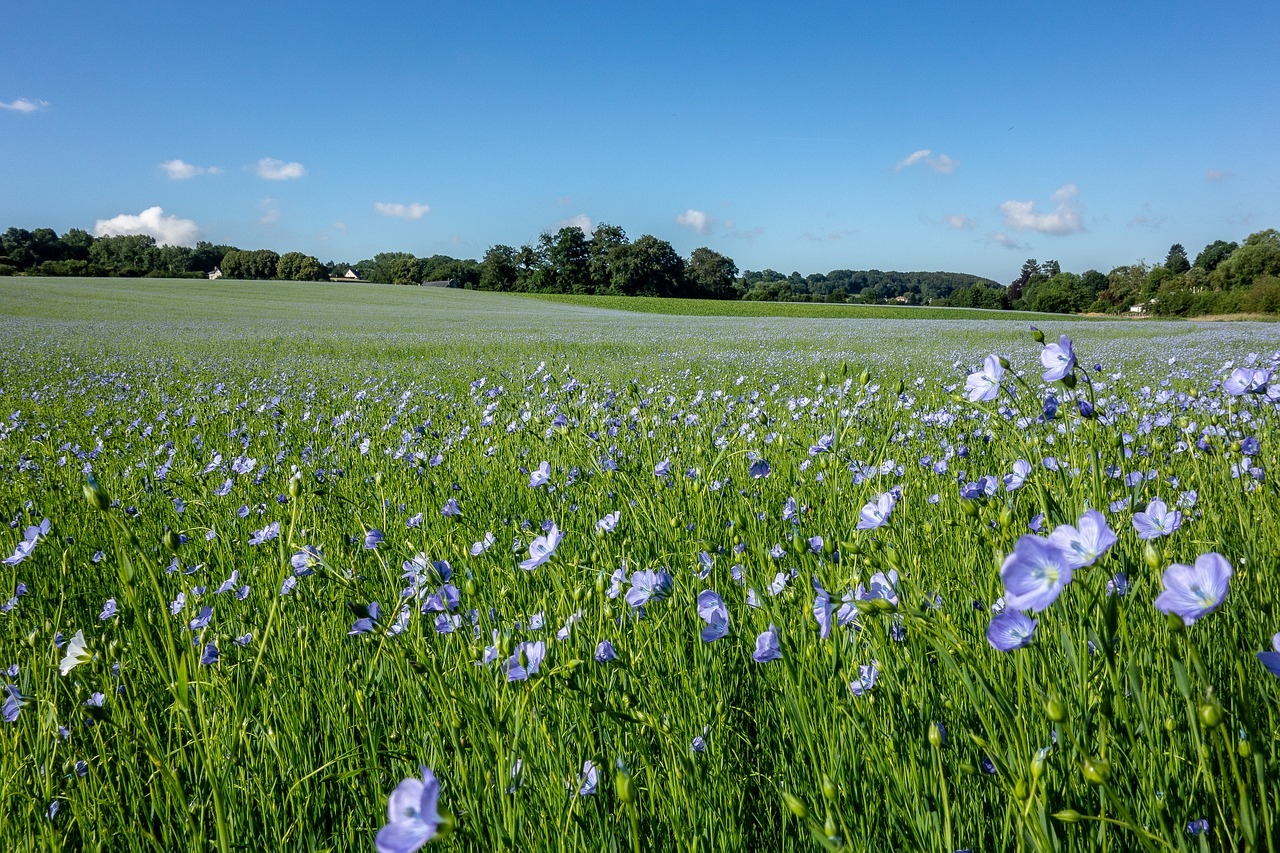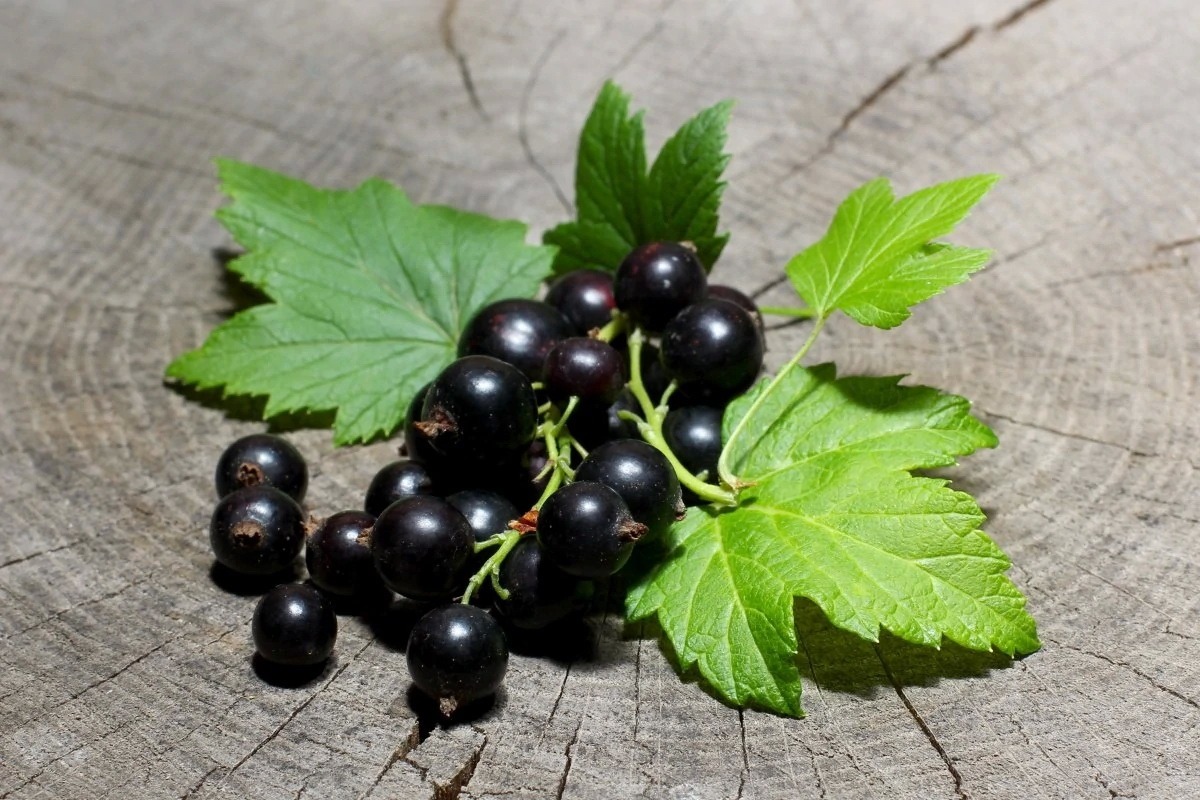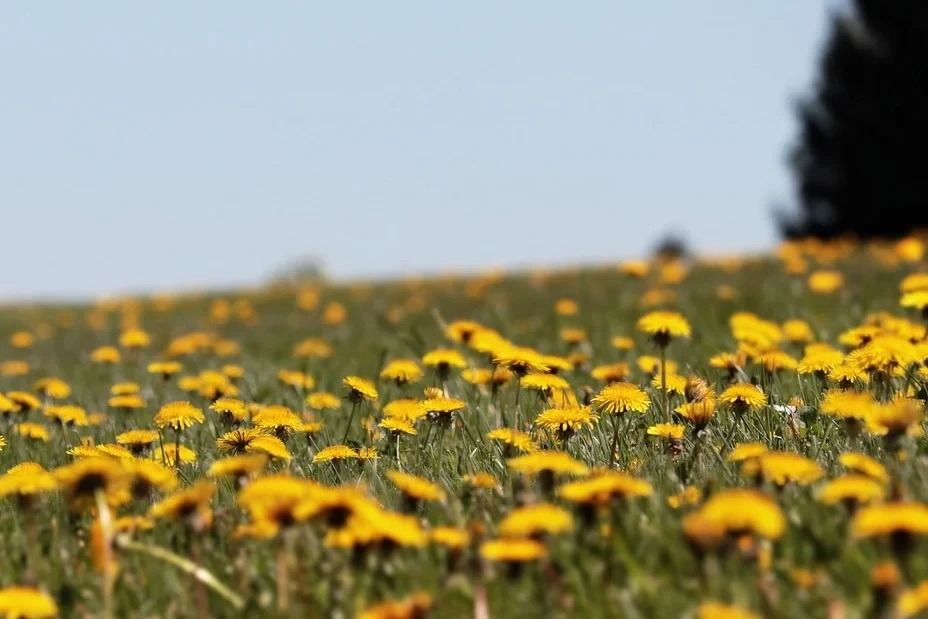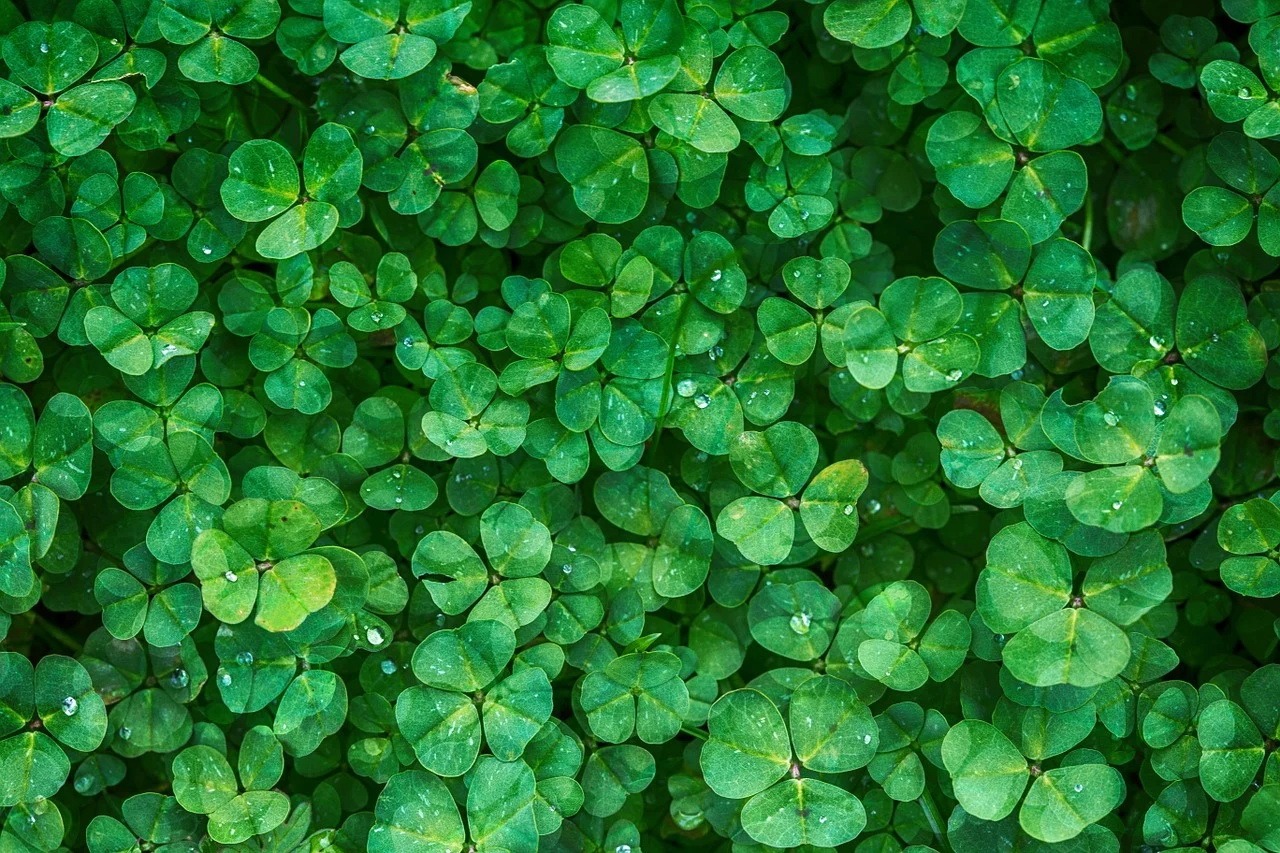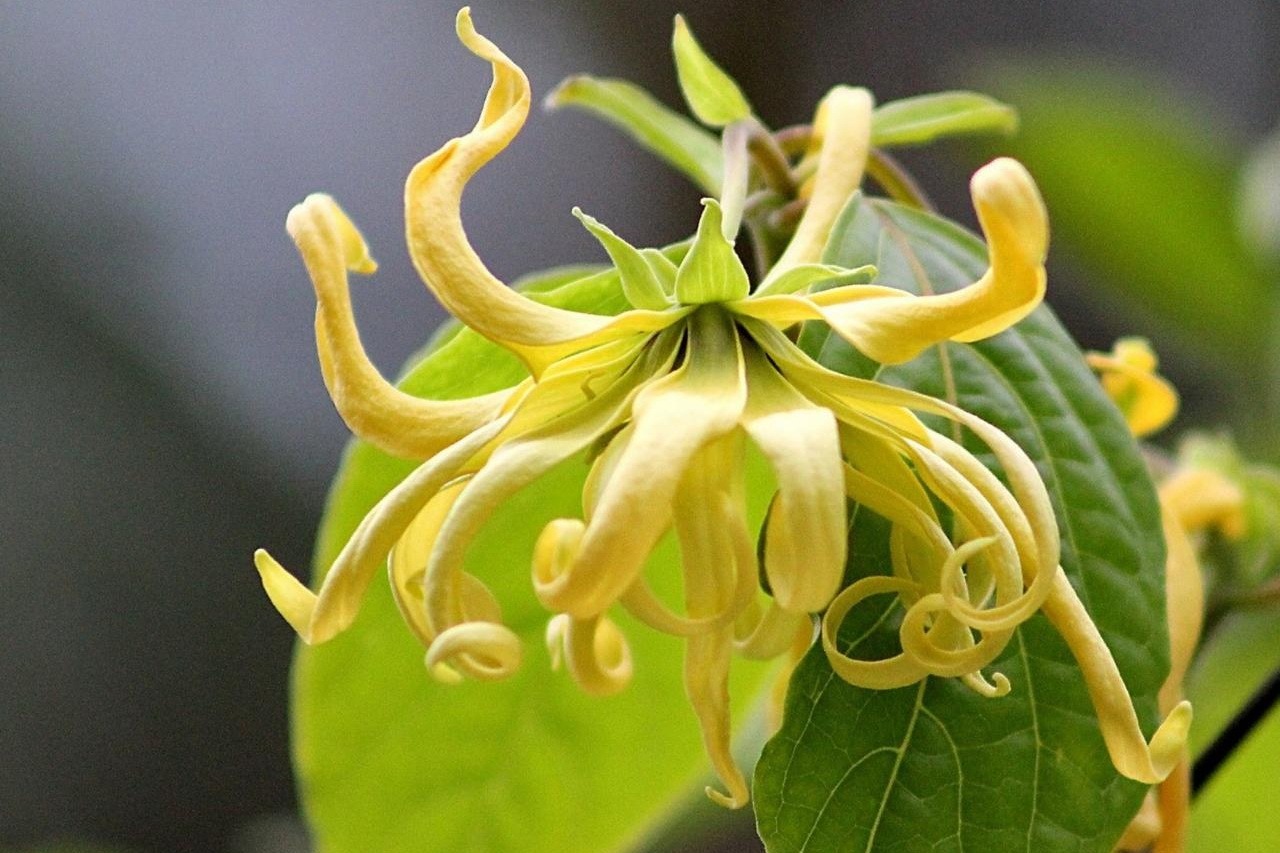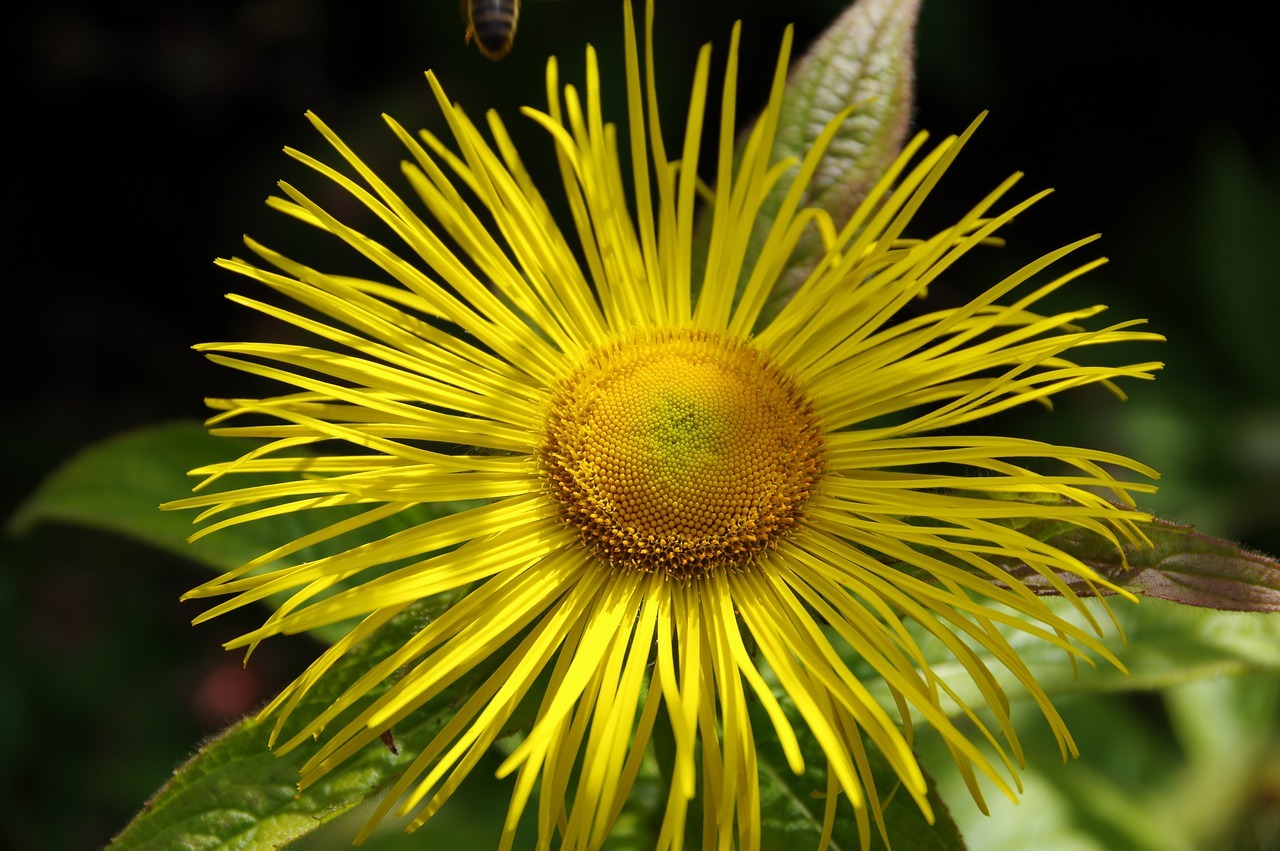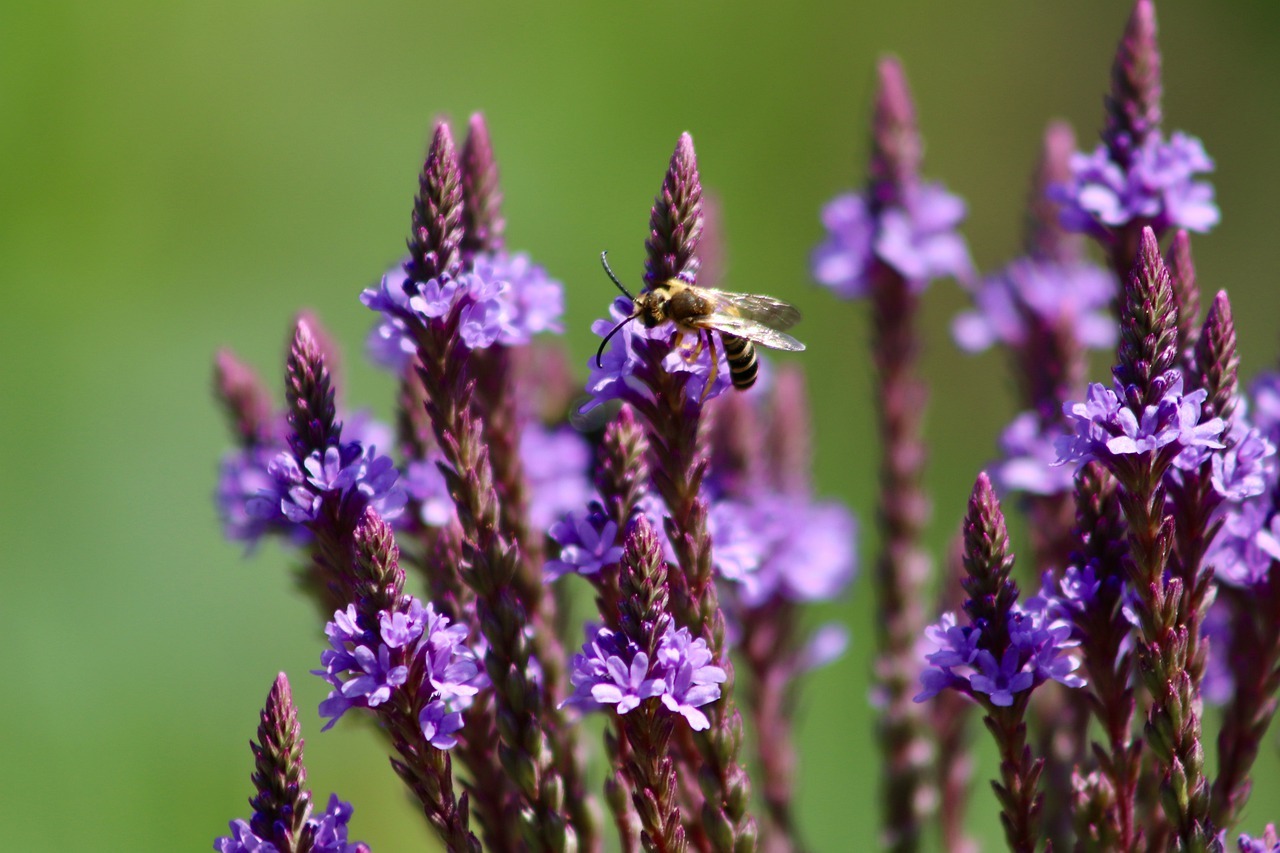Tea tree CO2 extract
To obtain this CO2 extract, the leaves of the Australian tea tree, also called Melaleuca alternifolia, are used as starting material. In official medicine, tea tree began to be used only at the beginning of the 20th century, when its antiseptic properties were proven, in many respects not inferior to antibiotics. In addition to the […]
➜ Weiterlesen…
